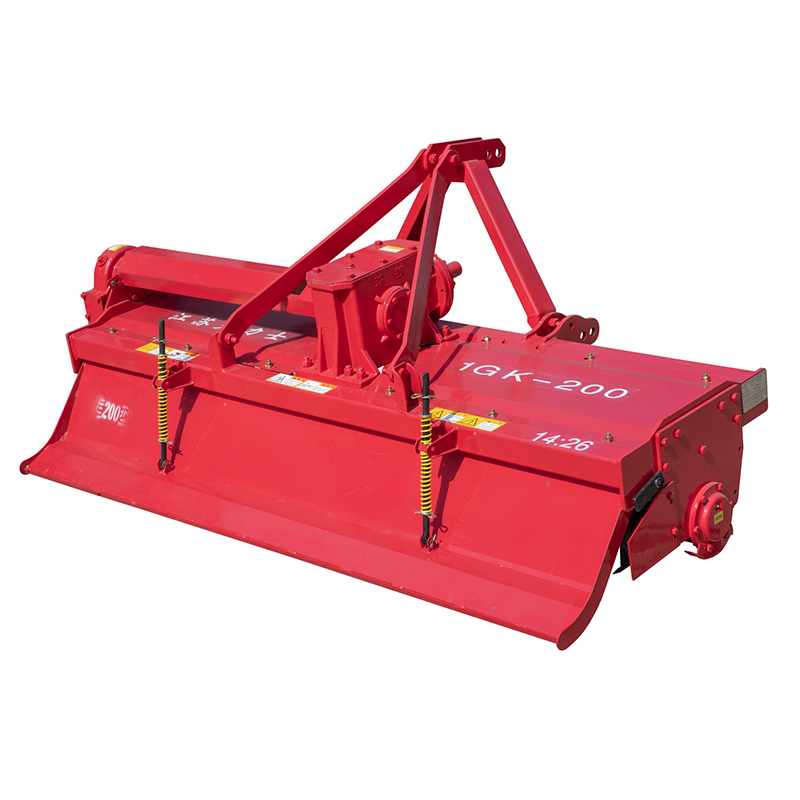HOMEBUILT SEEDER. A home-built interseeder and Y-drop sidedress implement are used to seed cereal rye into growing corn. Interseeding is the only successful way Tyler Zimmerman has found to get cover crops on late harvested corn and soybean acres. Photo Tyler Zimmerman
By Tyler Zimmerman, as interviewed by Martha Mintz Single Shaft Rotary Tiller

Spending less money on everything is ultimately what drives farm decisions. It’s what led me to shift my 2,500-acre operation in Leonard, N.D., to no-till and cover crops and may eventually take me to no-till organic production. There’s money to be saved with those systems — and plenty of money to be earned!
Not having to invest in more 4WD tractors and tillage equipment were great upfront savings when I made the switch to no-till. I continue to shave costs by investing in soil health, which has allowed me to run essentially zero nitrogen (N), phosphorus (P) or potassium (K) on most of my crops. I’ve dropped N rates by 80% on corn. I did use a little bit of N on oats and 30 units of N on flax in 2022, but mostly I’m banking on what nutrients soil biology can deliver.
Bumping crop rotations from just corn and soybeans to around 10 species and incorporating cover crops has substantially boosted activity in my soils. Different harvest times allow me to diversify further as I’m able to establish cover crops on those early harvested acres. To truly build soil health and promote soil life, however…
Since 2011, Martha has authored the highly popular “What I’ve Learned About No-Till” series that has appeared in every issue of No-Till Farmer since August of 2002.
Growing up on a cattle ranch in southeastern Montana, Martha is a talented ag writer and photographer who lives with her family in Billings, Montana.
Get full access NOW to the most comprehensive, powerful and easy-to-use online resource for no-tillage practices. Just one good idea will pay for your subscription hundreds of times over.
Download these helpful knowledge building tools
In this episode of Conservation Ag Update, we explore how no-tillers are holding up in abnormally dry conditions throughout most of the U.S. Independent agronomist Jim Stute checks in from southeastern Wisconsin, and no-tiller Ryan Gibbs reports from eastern Iowa, where both areas have received minimal rainfall since April.

Rotary Tillage Fertilizer Seeder Design, CMS, Hosting & Web Development :: ePublishing